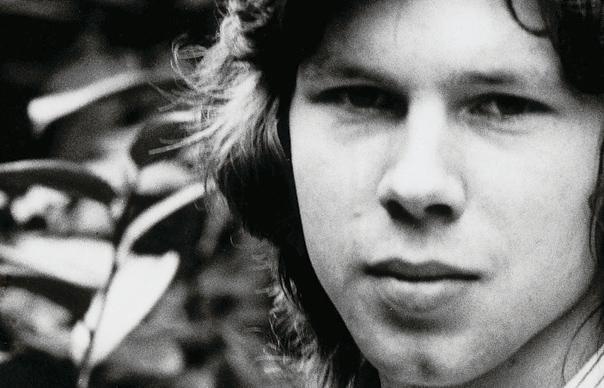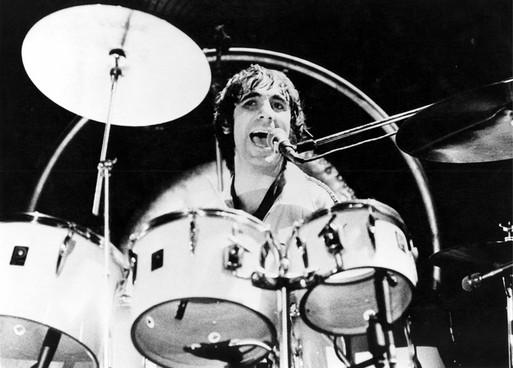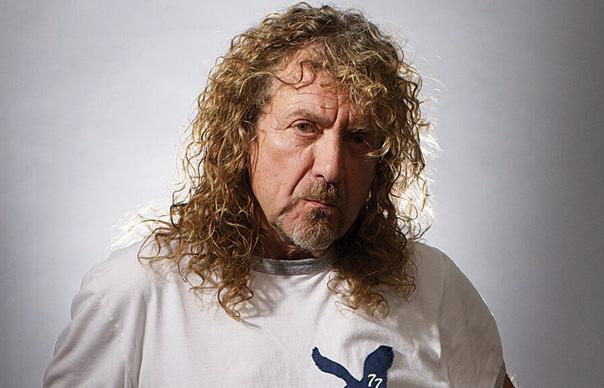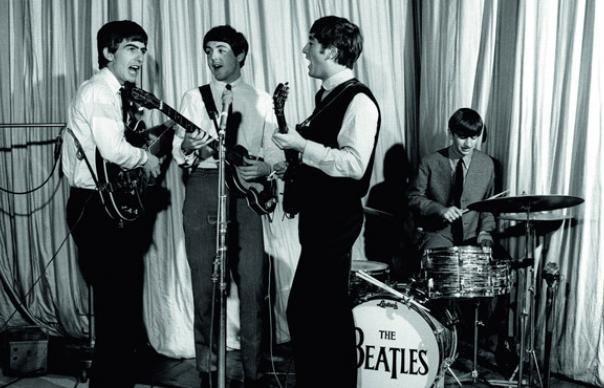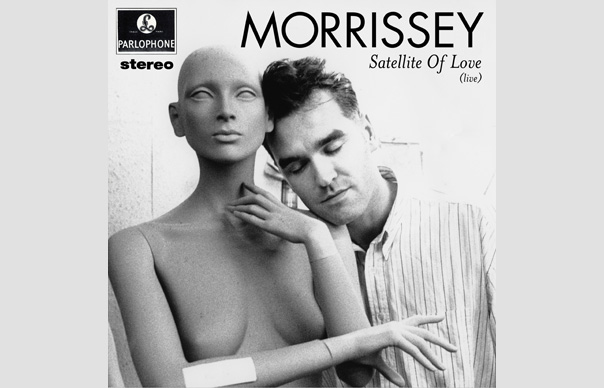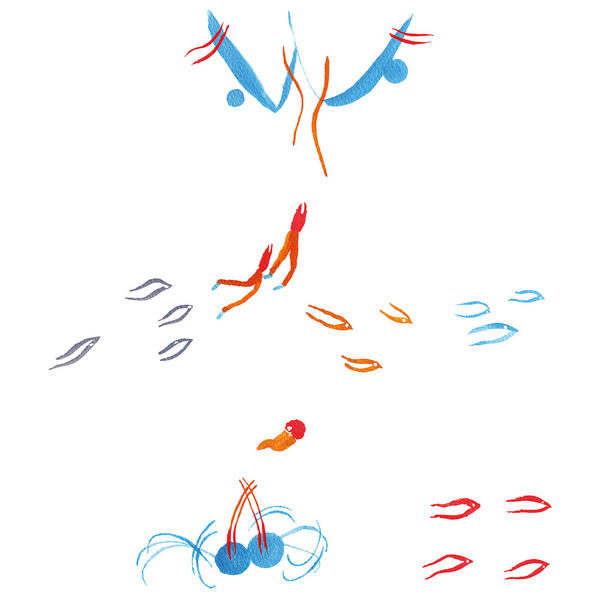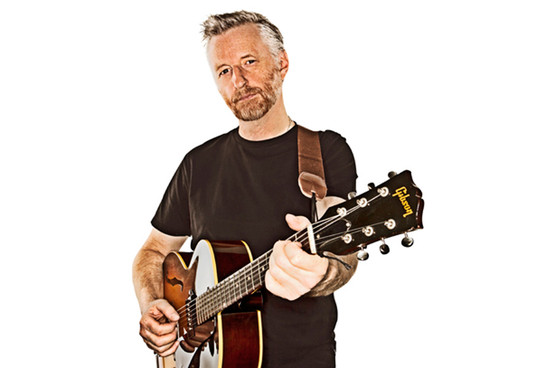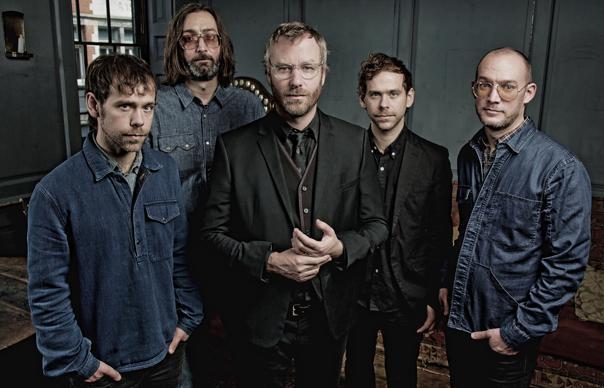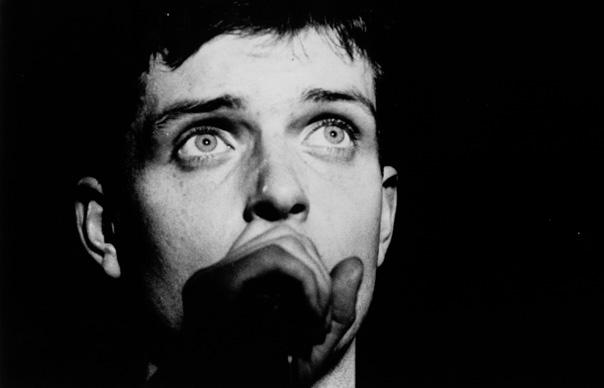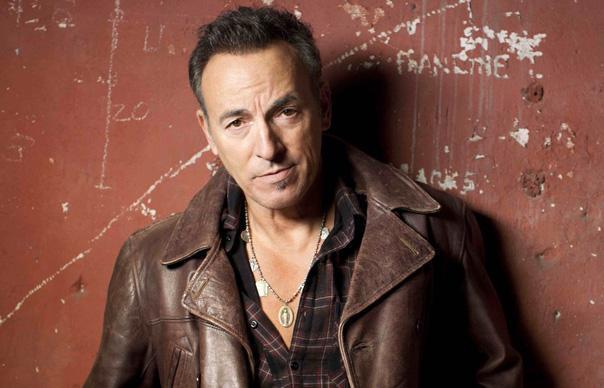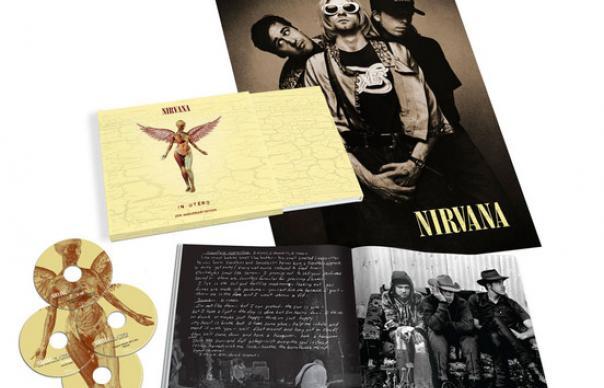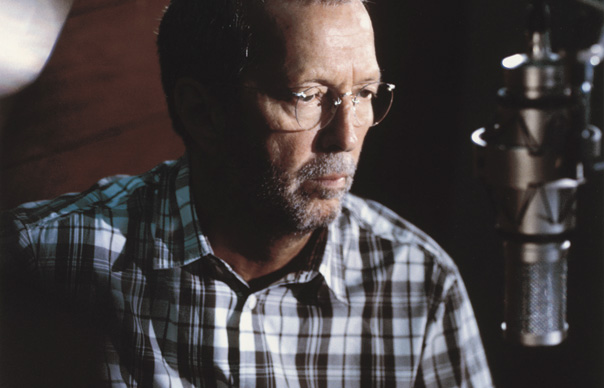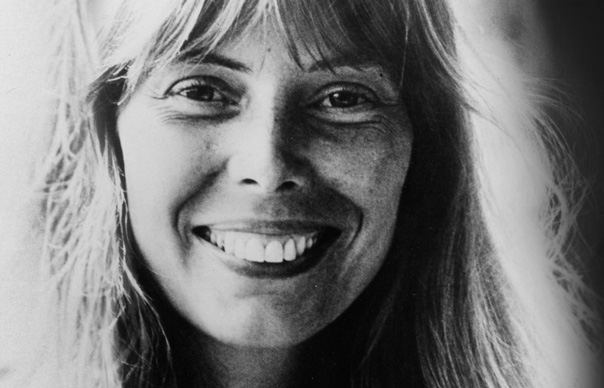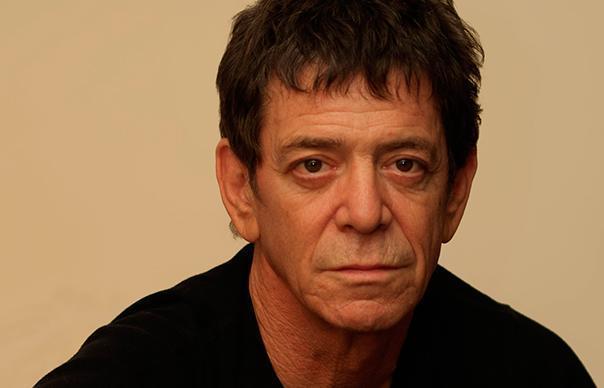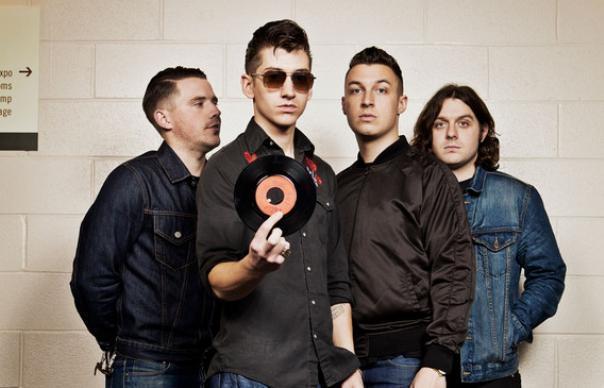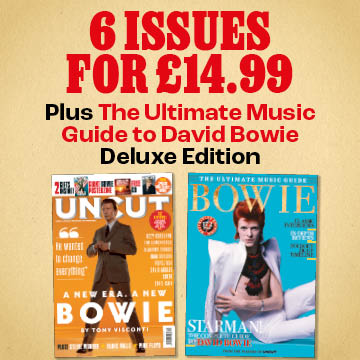500 albums into his career, a Syrian cult hero hooks up with Four Tet for his first trip to a studio... For Omar Souleyman, life is full of contrasts. He’s a household name in parts of the Middle East, a prolific former wedding singer whose pounding electronic dabke is sometimes dismissed as “music for taxi drivers”. Yet in the west he’s a cult figure, an enigmatic 40-something outsider in a grey djellaba robe and red and white kaffiyeh whose foot-stomping Arabic exotica never fails to thrill festival crowds. In interviews conducted in Arabic via a translator, his eyes hidden behind ’70s-cop aviator shades, the language barrier makes him appear inscrutable, almost unknowable. Onstage, however, he sings of girls and romance like a besotted teenager, albeit one who smokes 40 a day. And as he steps back into the spotlight with Wenu Wenu, an album of traditional courtship songs sympathetically produced by Kieran Hebden, better known as British techno polymath Four Tet, at home he and his family are living as refugees in the Turkish border city of Urfa, having been forced to flee their Syrian hometown of Ra’s al’-Ayn after life there became too dangerous following violent clashes between Assad’s forces and the Free Syrian Army. Not that the unfolding tragedy of his homeland is woven into the narrative of Wenu Wenu, his first major release on an international label. For Souleyman has been a professional crowd-pleaser since the mid-’90s and his lyrics, poetic but apolitical, reflect this. At a stretch you could reason that “Wenu Wenu”, which translates as “Where is she?”, might refer to Syria and its people, the lyrics beseeching in Arabic, “You, the one with a beautiful heart, tell me how are you, my love?/ You didn’t want me to suffer, my precious beloved”, but with wedding gigs once Souleyman’s bread and butter, and “Wenu Wenu” being a delirious high-energy floor-filler, it’s unlikely this old-school entertainer would radically alter his routine. Like the sentimental material first compiled by the Sublime Frequencies label that helped put him on the western stage, Wenu Wenu draws on the music indigenous to Souleyman’s Jazeera stamping ground in northeastern Syria, a mongrel mix of Syrian, Kurdish, Iraqi and Turkish folk songs and rhythms. Here, for example, “Warni Warni” is a traditional Kurdish number tooled up for the dancefloor, a sizzling synth line liberally drizzled across it. News of Hebden’s stewardship of the record initially raised eyebrows, chiefly because it seemed a truly excellent match: his edifying approach to electronics made him well placed to handle Souleyman’s wild rhythms. But unlike, say, his collaborations with the late jazz drummer Steve Reid, Hebden’s presence is pretty much undetectable on Wenu Wenu. Rather, he enhances and tightens these seven snaking, thumping tracks, letting Souleyman and his sparring partner, the keyboard maestro Rizan Sa’id, do their thing live in the studio. There are supposedly well over 500 Souleyman albums in circulation, mostly live recordings from weddings that are presented to the couple and later bootlegged and sold in kiosks, but Wenu Wenu is being touted as his first ever studio set (though he tells Uncut he made one in Istanbul some time ago). Certainly, he uses the album to finally record old live favourites such as “Khatthaba”, an Arab-world smash when broadcast on TV in 2006. Its lyrics outline the four conditions of modern marriage, the first two of which are to give the bride a brand-new Mercedes and a kilo of gold. And on frenzied jig “Ya Yumma” (“Oh Mother”), part of his repertoire since 1995, Souleyman sings from the point of view of a girl pressured into marriage: “I beg you mum to convince dad to let me marry my loved one/ I don’t want to get married to my cousin, he’s like my brother”. After years of compilations and hand-me-down live recordings that presented an appealing caricature of Omar Souleyman, an impression of the artist, Wenu Wenu is at last the genuine article. That it also captures the chaos of his live show is no small achievement either. Piers Martin Q+A Omar Souleyman Whose idea was it to make Wenu Wenu in New York with Kieran Hebden? My manager suggested the idea. We agreed and then we went and recorded it. I hope next year I will do it again in New York or a different place. How did you feel about working with Hebden? I had never met him before but I had heard of him. After we had recorded, I listened to the album and I was really happy with how it had come out. I sang relaxedly and no one interfered with us during the recording. Kieran’s technique is something he did on his own and the result is really clear on the album. I didn’t tell him to change anything. He let me do my thing. What is the main difference between the western music business and its Turkish and Syrian counterparts? Language. When I sing in Syria and Turkey everyone can understand me, but it’s challenging to sing in the west because I the audience doesn’t understand me. Yet I do not think of singing in English. I go to the western world to sing in Arabic and this is my style. Every artist has to be true to his style. Is it hard to concentrate on music when Syria is in such turmoil? I feel bad for what is happening in Syria, but this is out of my hands. I have to work and go about my daily life as usual. I have to work. INTERVIEW: PIERS MARTIN
500 albums into his career, a Syrian cult hero hooks up with Four Tet for his first trip to a studio…
For Omar Souleyman, life is full of contrasts. He’s a household name in parts of the Middle East, a prolific former wedding singer whose pounding electronic dabke is sometimes dismissed as “music for taxi drivers”. Yet in the west he’s a cult figure, an enigmatic 40-something outsider in a grey djellaba robe and red and white kaffiyeh whose foot-stomping Arabic exotica never fails to thrill festival crowds. In interviews conducted in Arabic via a translator, his eyes hidden behind ’70s-cop aviator shades, the language barrier makes him appear inscrutable, almost unknowable. Onstage, however, he sings of girls and romance like a besotted teenager, albeit one who smokes 40 a day.
And as he steps back into the spotlight with Wenu Wenu, an album of traditional courtship songs sympathetically produced by Kieran Hebden, better known as British techno polymath Four Tet, at home he and his family are living as refugees in the Turkish border city of Urfa, having been forced to flee their Syrian hometown of Ra’s al’-Ayn after life there became too dangerous following violent clashes between Assad’s forces and the Free Syrian Army.
Not that the unfolding tragedy of his homeland is woven into the narrative of Wenu Wenu, his first major release on an international label. For Souleyman has been a professional crowd-pleaser since the mid-’90s and his lyrics, poetic but apolitical, reflect this. At a stretch you could reason that “Wenu Wenu”, which translates as “Where is she?”, might refer to Syria and its people, the lyrics beseeching in Arabic, “You, the one with a beautiful heart, tell me how are you, my love?/ You didn’t want me to suffer, my precious beloved”, but with wedding gigs once Souleyman’s bread and butter, and “Wenu Wenu” being a delirious high-energy floor-filler, it’s unlikely this old-school entertainer would radically alter his routine.
Like the sentimental material first compiled by the Sublime Frequencies label that helped put him on the western stage, Wenu Wenu draws on the music indigenous to Souleyman’s Jazeera stamping ground in northeastern Syria, a mongrel mix of Syrian, Kurdish, Iraqi and Turkish folk songs and rhythms. Here, for example, “Warni Warni” is a traditional Kurdish number tooled up for the dancefloor, a sizzling synth line liberally drizzled across it. News of Hebden’s stewardship of the record initially raised eyebrows, chiefly because it seemed a truly excellent match: his edifying approach to electronics made him well placed to handle Souleyman’s wild rhythms. But unlike, say, his collaborations with the late jazz drummer Steve Reid, Hebden’s presence is pretty much undetectable on Wenu Wenu. Rather, he enhances and tightens these seven snaking, thumping tracks, letting Souleyman and his sparring partner, the keyboard maestro Rizan Sa’id, do their thing live in the studio.
There are supposedly well over 500 Souleyman albums in circulation, mostly live recordings from weddings that are presented to the couple and later bootlegged and sold in kiosks, but Wenu Wenu is being touted as his first ever studio set (though he tells Uncut he made one in Istanbul some time ago). Certainly, he uses the album to finally record old live favourites such as “Khatthaba”, an Arab-world smash when broadcast on TV in 2006. Its lyrics outline the four conditions of modern marriage, the first two of which are to give the bride a brand-new Mercedes and a kilo of gold. And on frenzied jig “Ya Yumma” (“Oh Mother”), part of his repertoire since 1995, Souleyman sings from the point of view of a girl pressured into marriage: “I beg you mum to convince dad to let me marry my loved one/ I don’t want to get married to my cousin, he’s like my brother”.
After years of compilations and hand-me-down live recordings that presented an appealing caricature of Omar Souleyman, an impression of the artist, Wenu Wenu is at last the genuine article. That it also captures the chaos of his live show is no small achievement either.
Piers Martin
Q+A
Omar Souleyman
Whose idea was it to make Wenu Wenu in New York with Kieran Hebden?
My manager suggested the idea. We agreed and then we went and recorded it. I hope next year I will do it again in New York or a different place.
How did you feel about working with Hebden?
I had never met him before but I had heard of him. After we had recorded, I listened to the album and I was really happy with how it had come out. I sang relaxedly and no one interfered with us during the recording. Kieran’s technique is something he did on his own and the result is really clear on the album. I didn’t tell him to change anything. He let me do my thing.
What is the main difference between the western music business and its Turkish and Syrian counterparts?
Language. When I sing in Syria and Turkey everyone can understand me, but it’s challenging to sing in the west because I the audience doesn’t understand me. Yet I do not think of singing in English. I go to the western world to sing in Arabic and this is my style. Every artist has to be true to his style.
Is it hard to concentrate on music when Syria is in such turmoil?
I feel bad for what is happening in Syria, but this is out of my hands. I have to work and go about my daily life as usual. I have to work.
INTERVIEW: PIERS MARTIN



